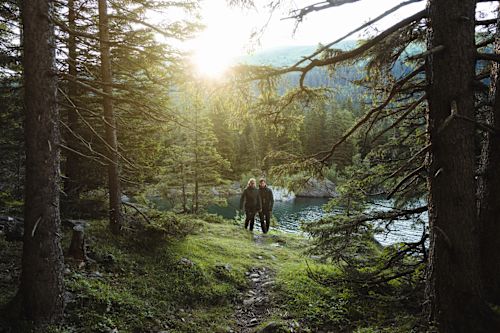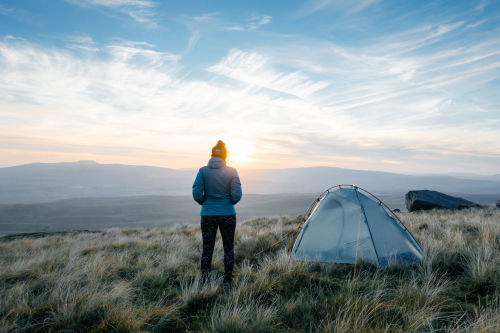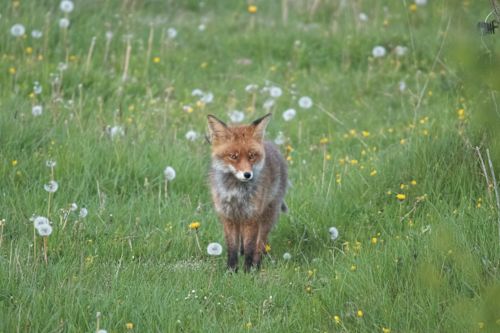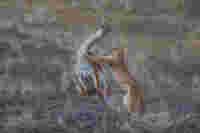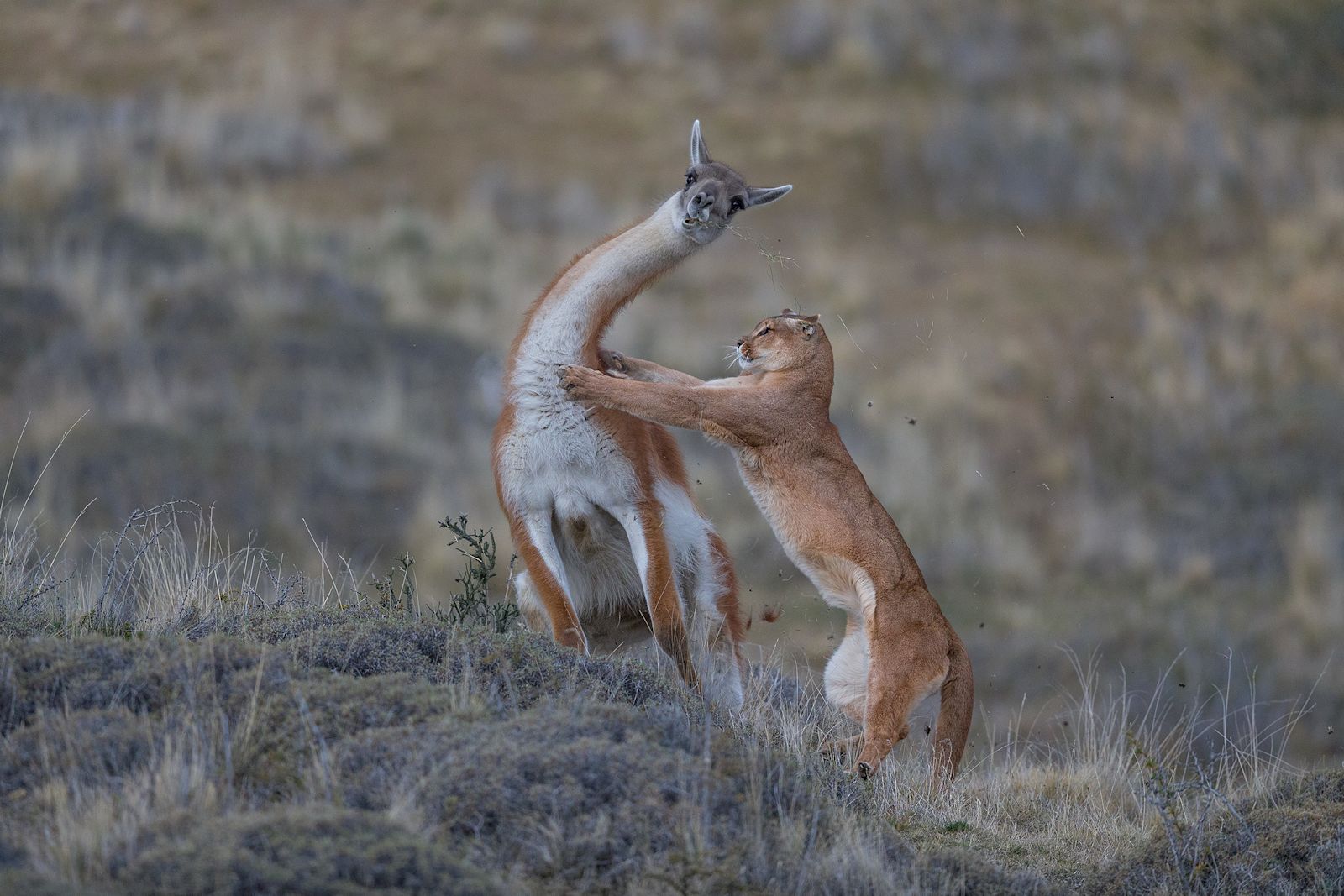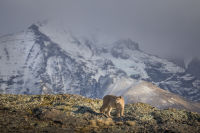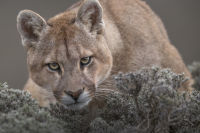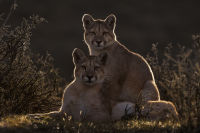萨米恩托今天没有带她的 幼崽 一起行动。我们希望她正处于狩猎状态,因为没有幼崽,她成功的几率会大得多。幼崽通常会粗心大意地向猎物发出警告。下午,雌性美洲狮萨米恩托开始寻找猎物。一公里外,大约30头原驼正在吃草。
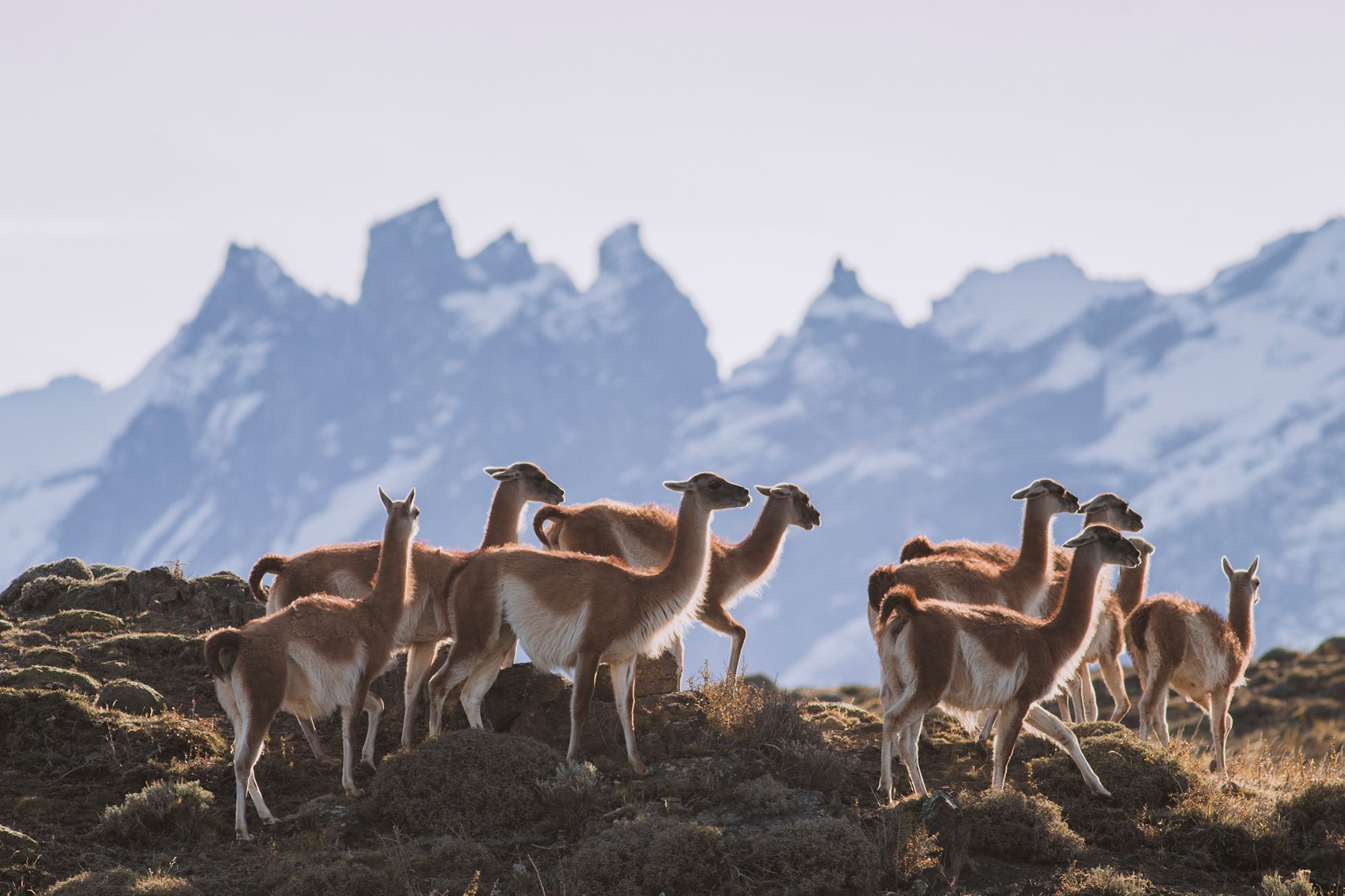
它们仍然没有看到那位巧妙隐藏起来的猎手。”她会用茂密的植被或大石块来掩藏自己,在奔向原驼群之前,她有力地伸展背部,这是她这种物种特有的动作。她脚下可能滑了一下,没有足够快的速度穿过一片开阔的土地——原驼立即做出反应,发出响亮的叫声,警告周围所有动物。第一次狩猎尝试失败了!现在又是一场等待的游戏,直到猎物出现。
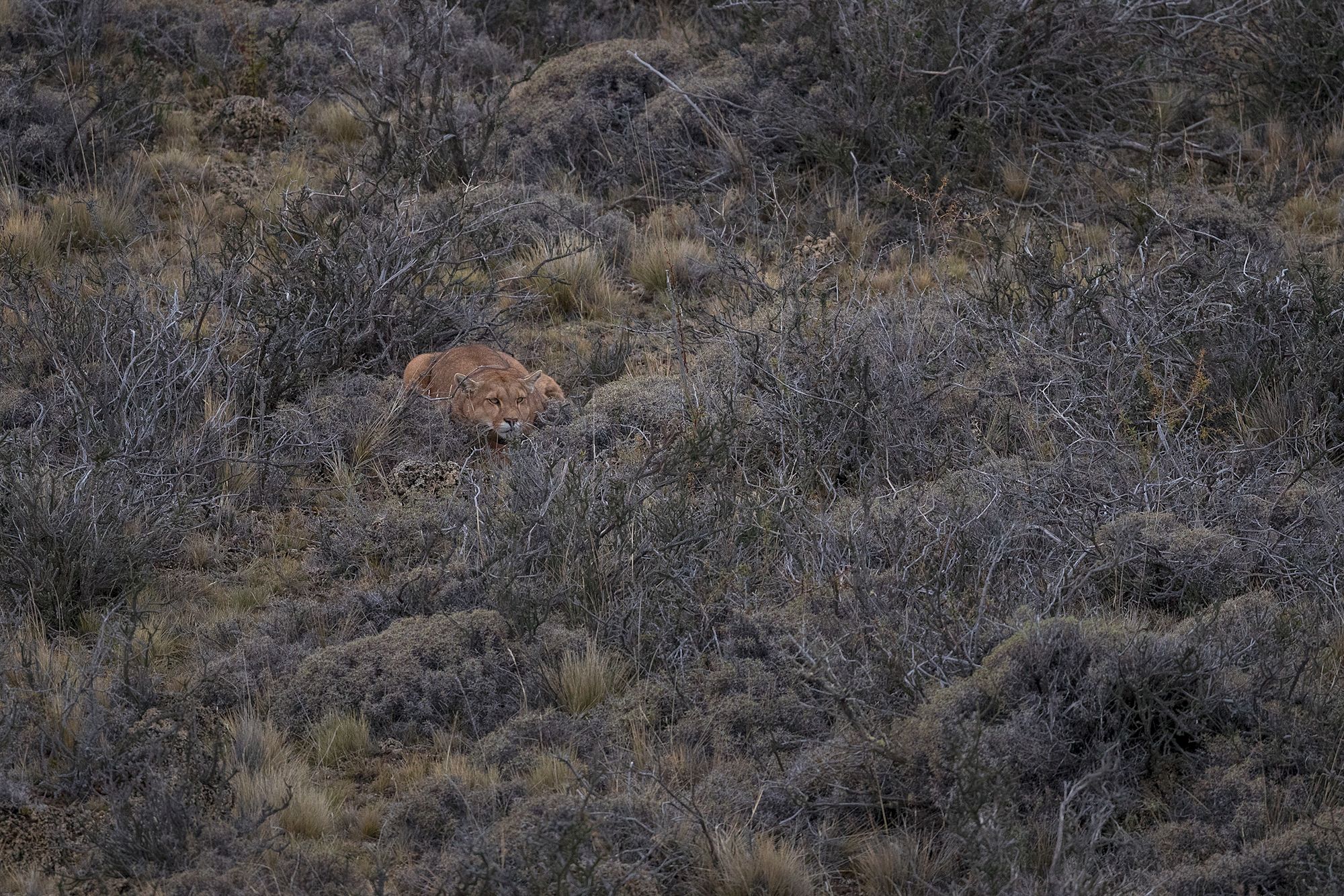
幸运的是,这没花多长时间,另一群原驼出现在对面的山上。萨米恩托立即蹲下身子,开始跟踪猎物,尽可能地隐藏自己。但她又一次被发现了。我现在明白了为什么平均每五次狩猎中只有一次能够成功。原驼群四散奔逃,只留下一只体型庞大的公驼在原地了望。
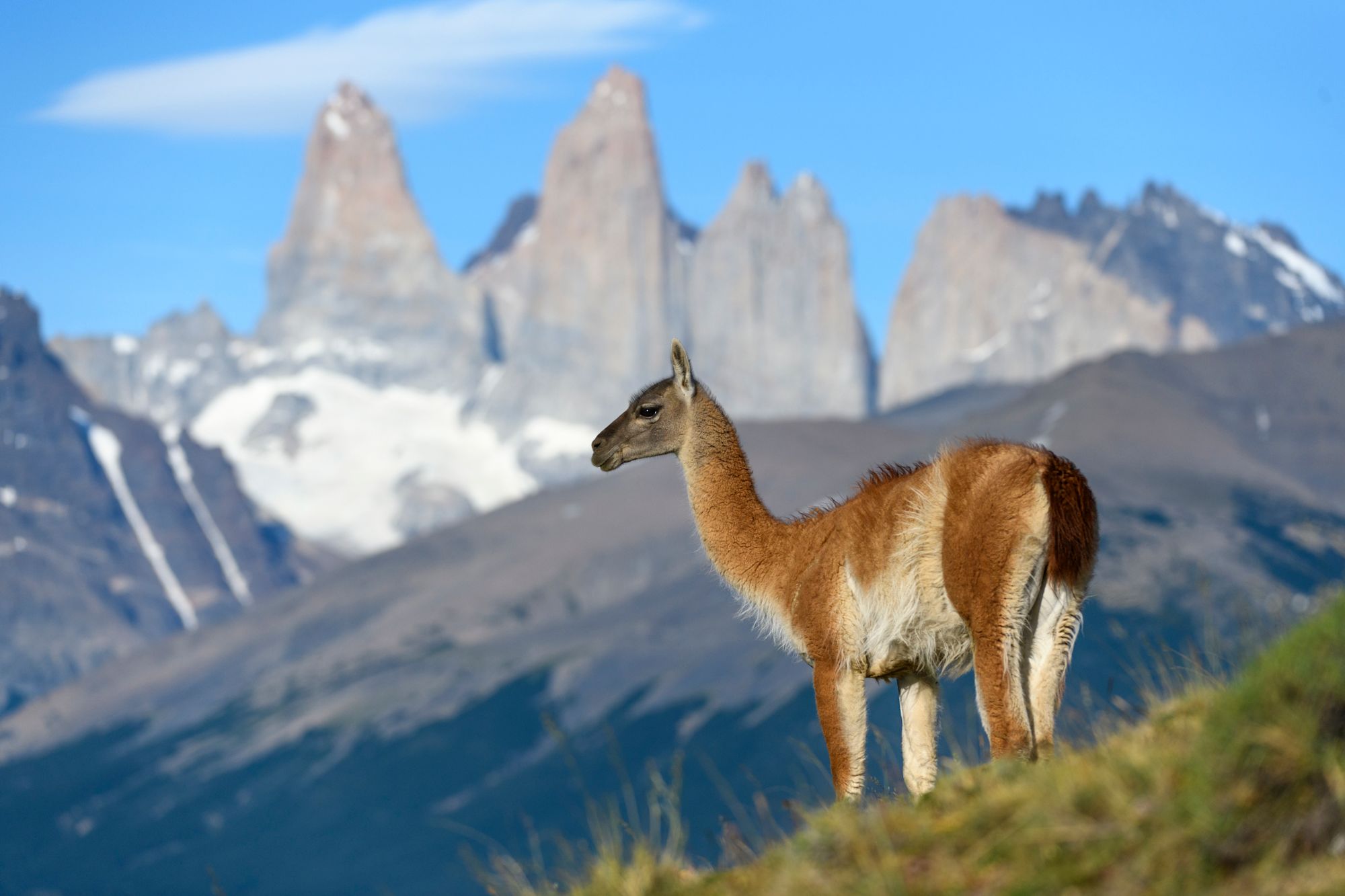
它站在一处小型高地的中央,从那里可以观察周围环境。萨米恩托没有机会在不被发现的情况下偷偷靠近。尽管如此,她还是躲在灌木丛后面耐心等待。一小时后,这只原驼似乎忘记了危险,犯了一个重大错误。它离开自己的有利位置去吃草。萨米恩托迅速意识到机会来了,绕着空地慢慢地爬到她的猎物后面。我们紧张地注视着事态的发展。
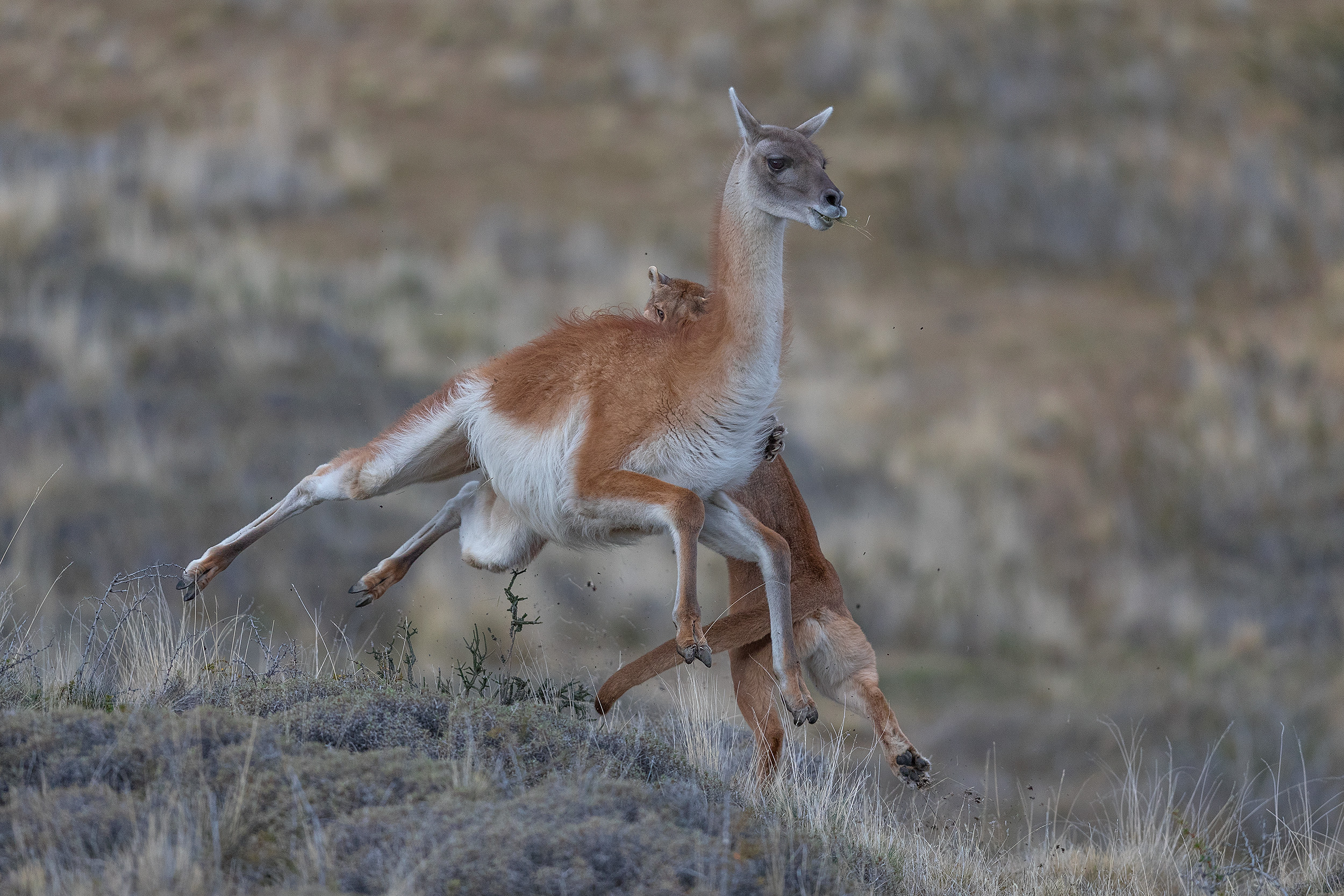

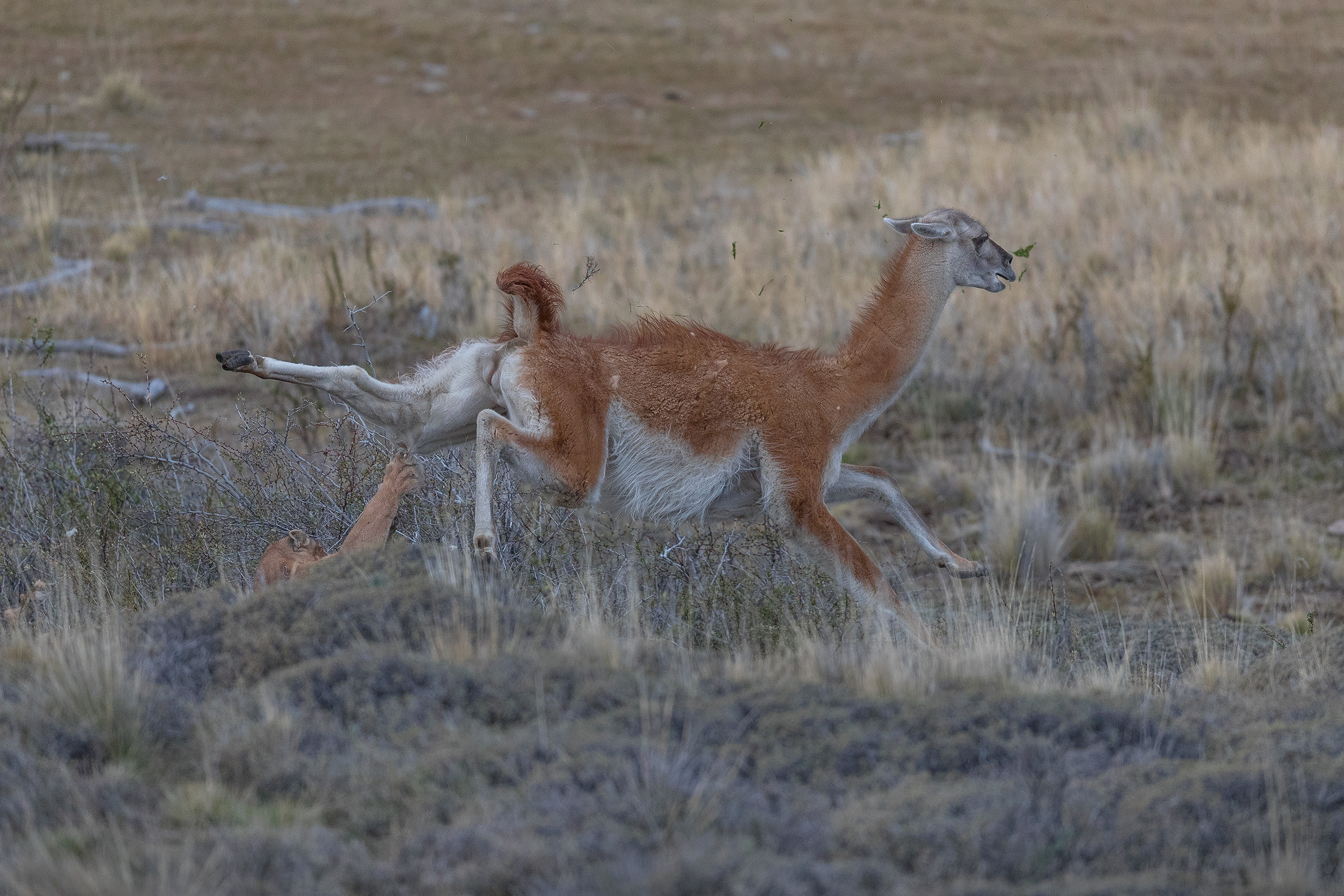
我在原驼前方大约50米,把两个追踪器布置在能清楚看到美洲狮的地方,这样当我看不到美洲狮的时候,追踪器就能给我指引方向。一头原驼毫无防备地持续向我走来,时而吃草,时而看着我。我需要不断向后移动,以使我的长焦镜头保持正确视角。这样的情形持续了近半个小时,移动了约500米。
突然,对讲机里传来了罗伯托的声音:“十米”——美洲狮马上就要进攻了!我看不到美洲狮。她一定潜伏在那只站在小山上的原驼的后面。透过相机的取景器,我把注意力集中在那头原驼身上,并把相机对焦于它的脖子,美洲狮需要跳起来把它扑倒在地。突然,萨米恩托从后面一跃而起。经验丰富的原驼反应迅速,转向一边。
美洲狮没有抓住这只强壮的动物。但她马上返回来,跳上了原驼的背部,用尖牙咬进了原驼的脖子。在那一瞬间,美洲狮紧紧抓住原驼,不停地扭动,试图把它按倒。但雄性原驼在最后时刻使出了它的杀手锏,把全身重量都压在美洲狮身上。萨米恩托被撞得晕头转向,原驼挣脱了出来,迅速跑开。整个过程只有4秒钟。我真不敢相信刚刚在镜头前发生的事。我们拿着追踪器返回,看到摄像机屏幕上的图像,激动地拥抱着对方。
Copyright Bilder: Ingo Arndt & Mauritius
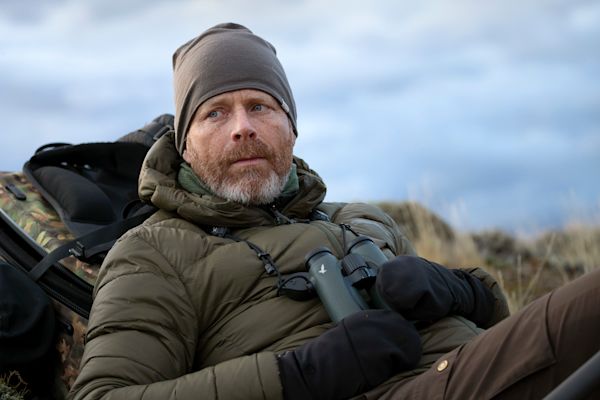
About the author
Ingo Arndt
Ingo Arndt was born in Frankfurt am Main, Germany. From early childhood, he spent every single minute of his spare time outdoors in nature. Soon he realized that photography was a useful tool in environmental protection, so, after finishing school in 1992, Ingo plunged into the adventurous life of a professional photographer. Since then, he has traveled around the globe for extended periods as a freelance wildlife photographer, photographing reports in which he portrays animals and their habitats. In the past few years he has been mainly on assignment for GEO and National Geographic Magazine. With his images, Ingo wants to stimulate and increase the awareness of his viewing audience and show them the magnificence of nature.
His adventures with the pumas in Torres del Paine National Park have also been published in the book PumaLand (2019).

